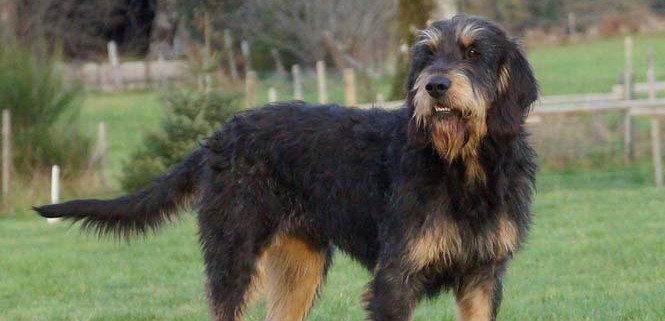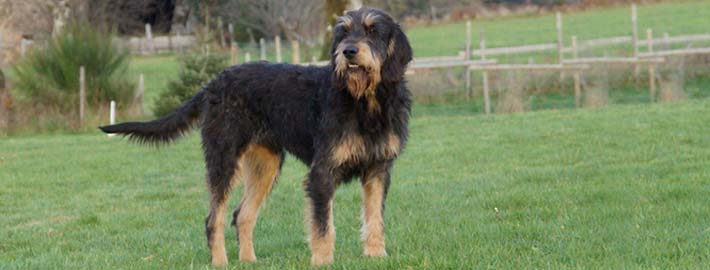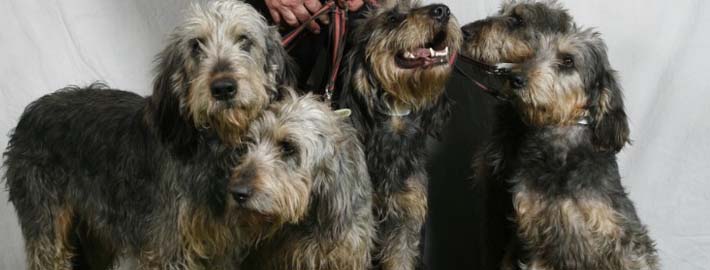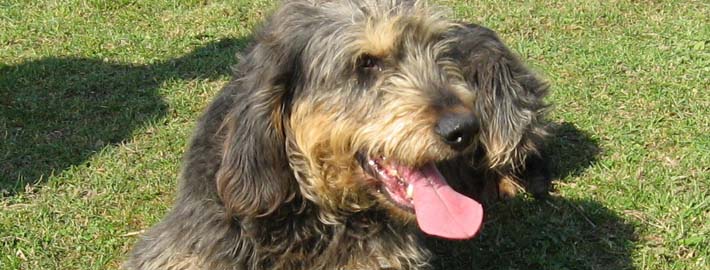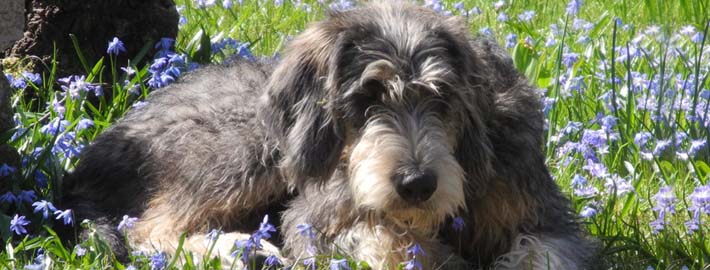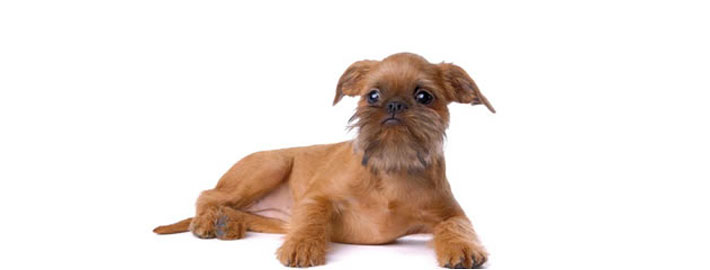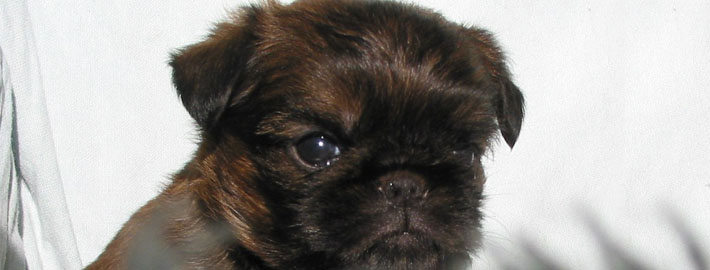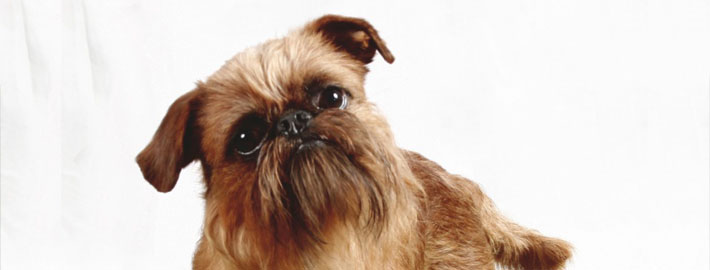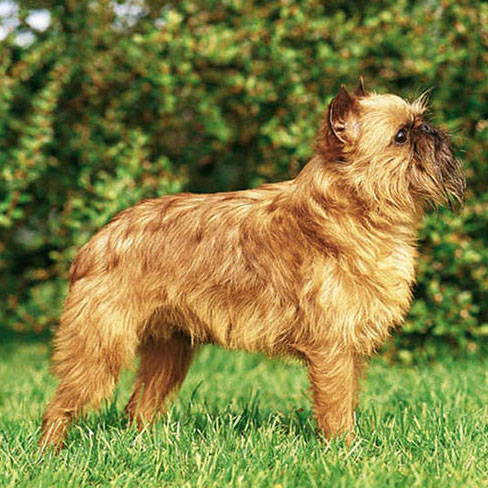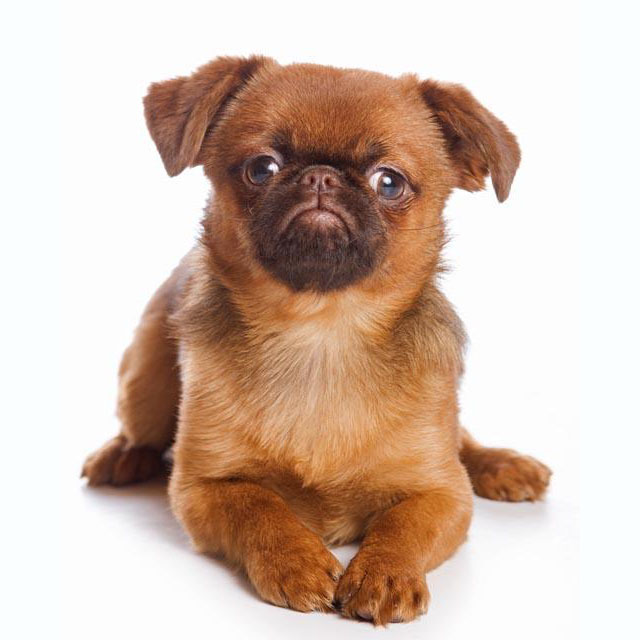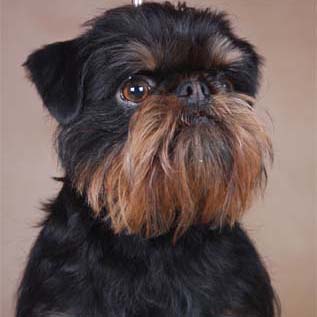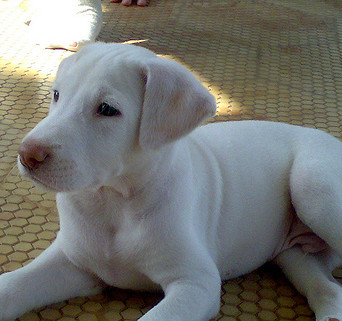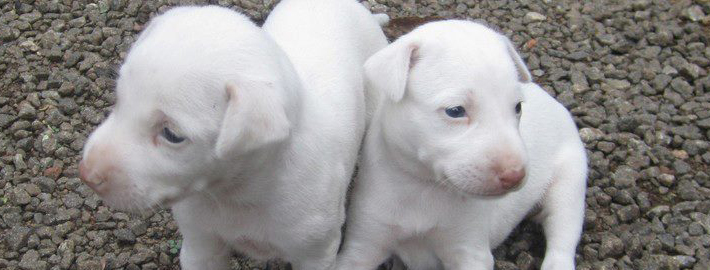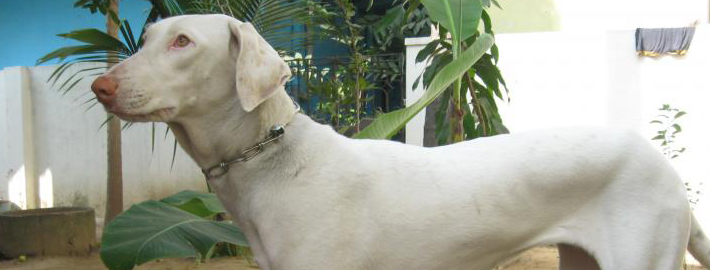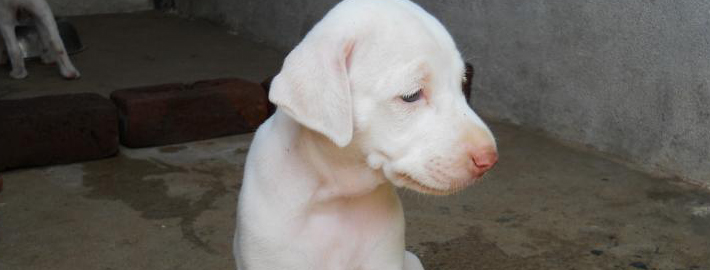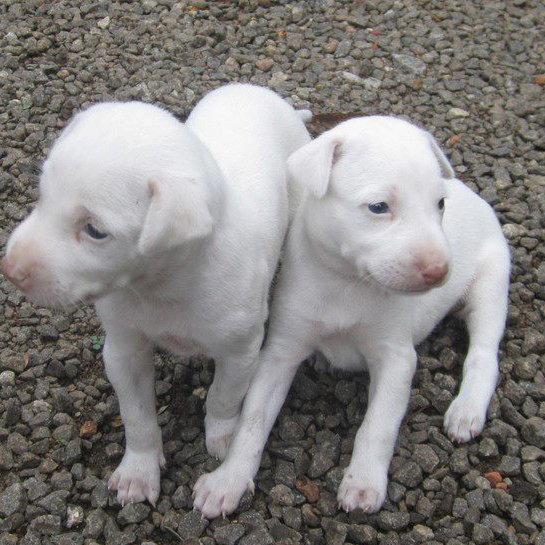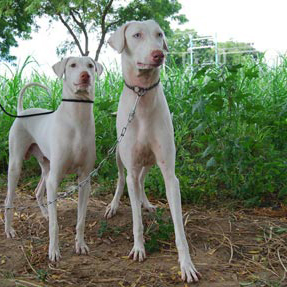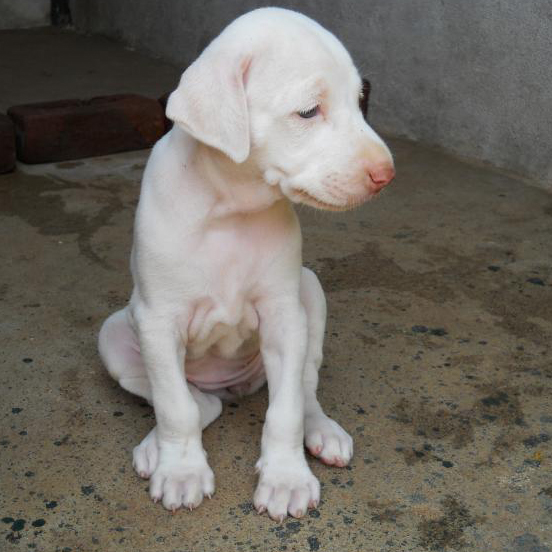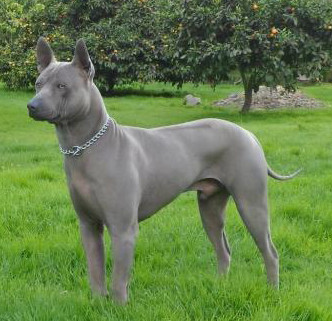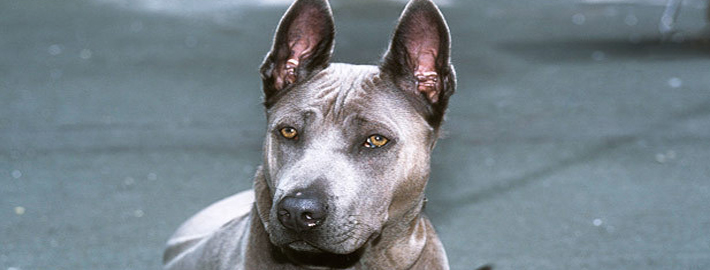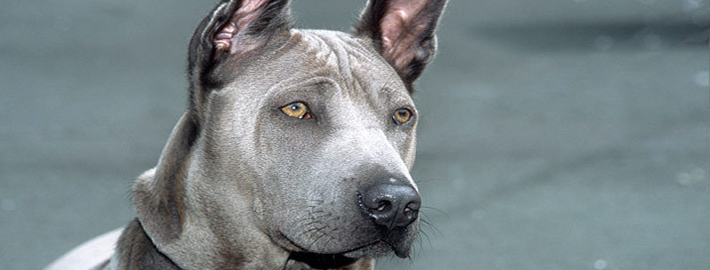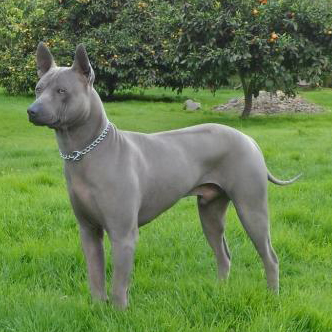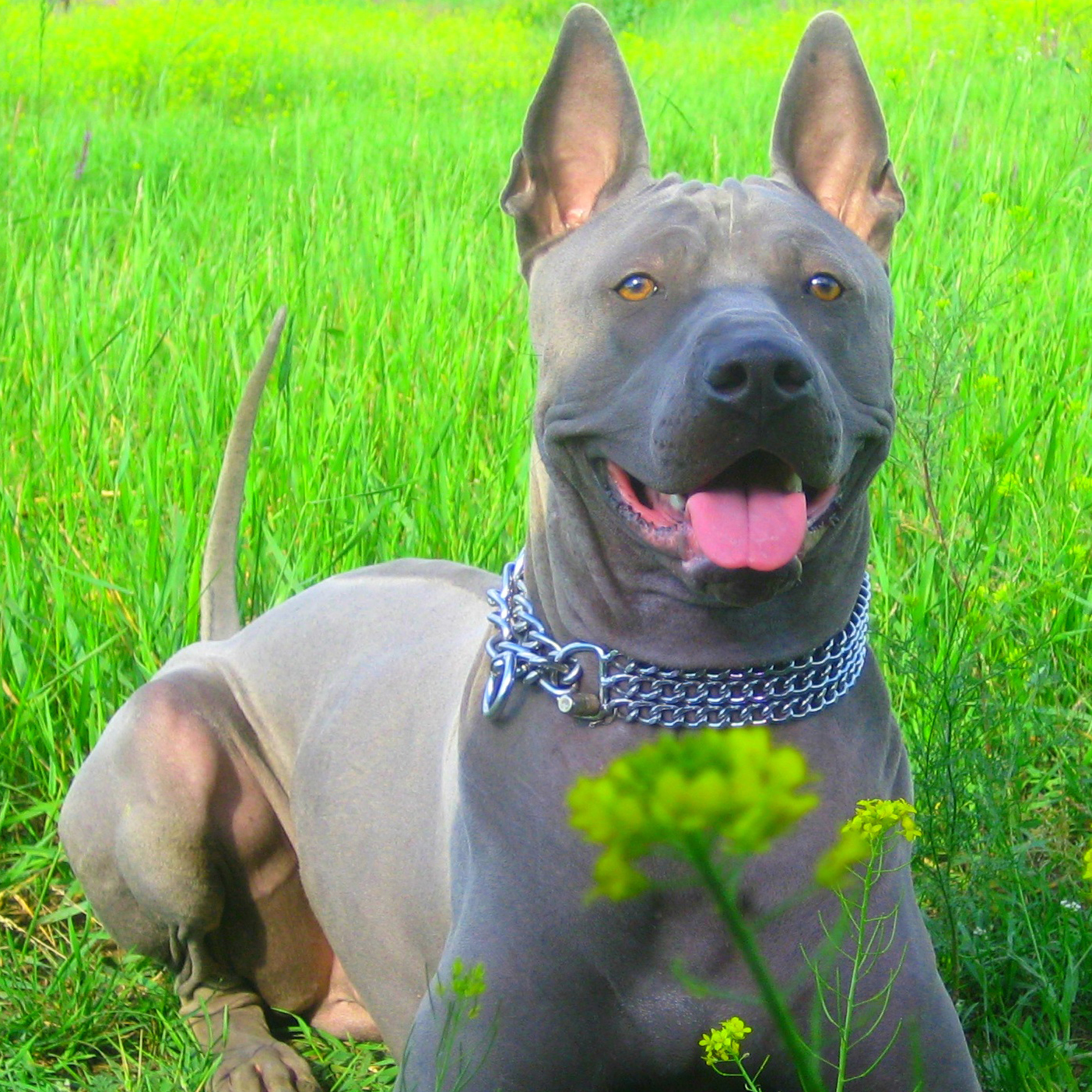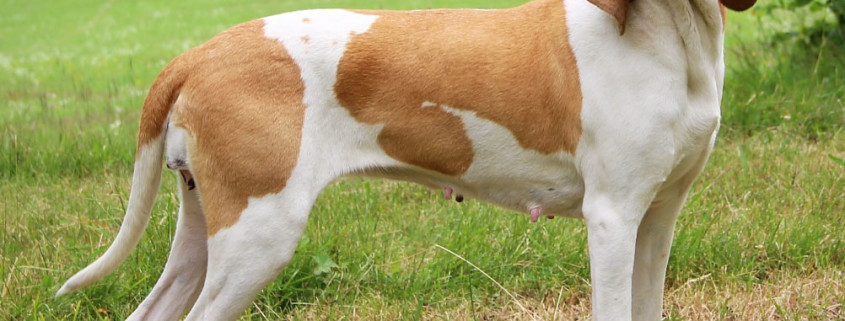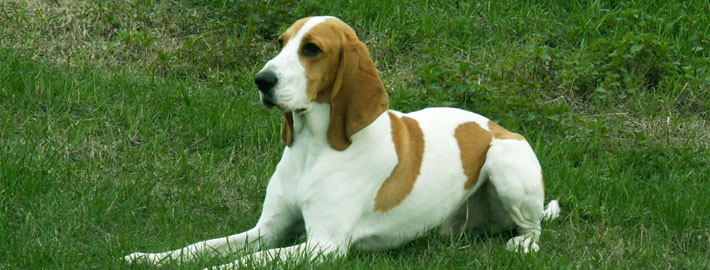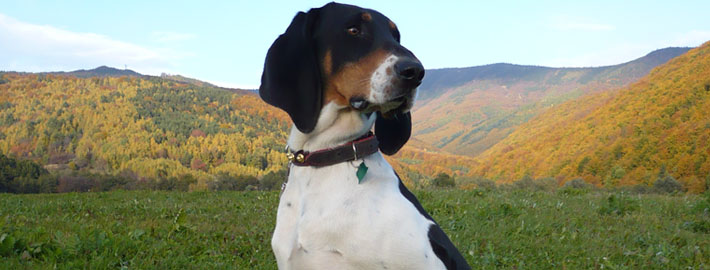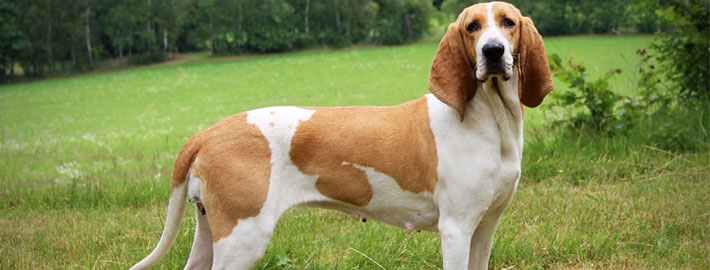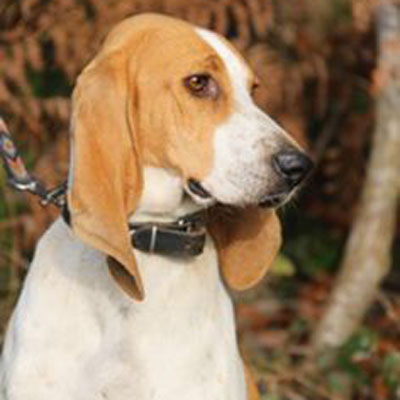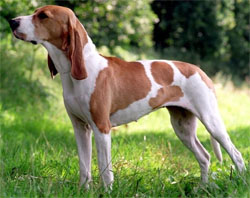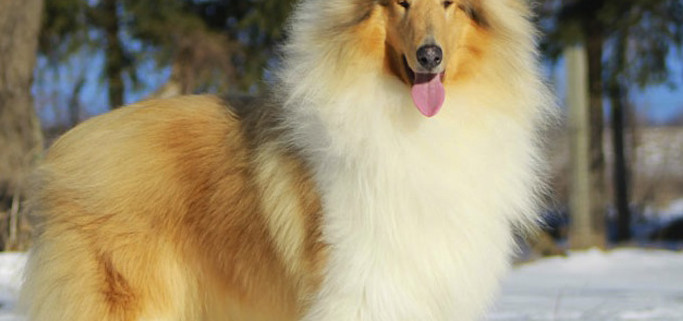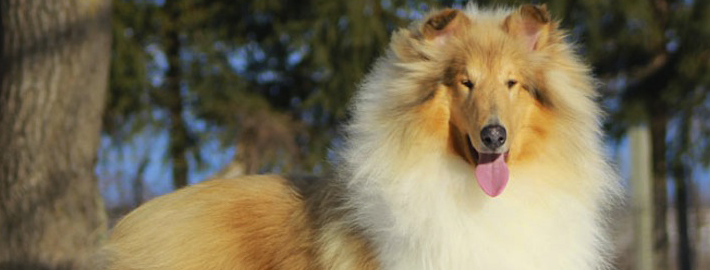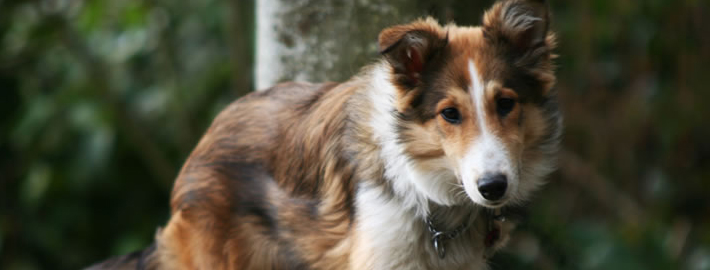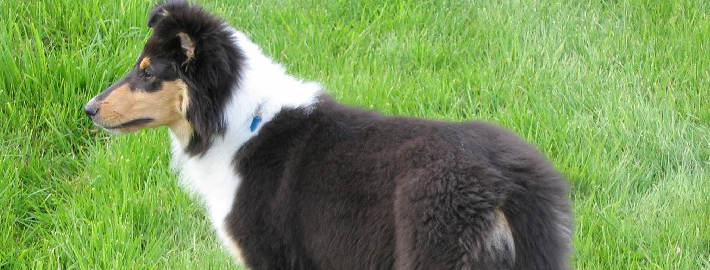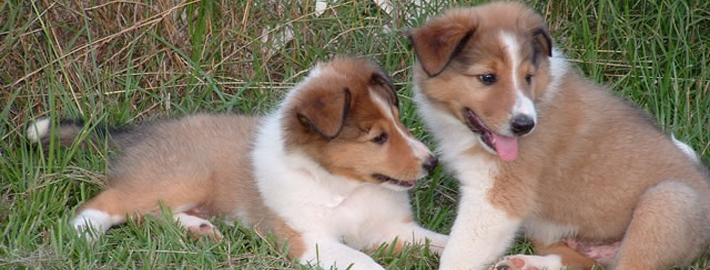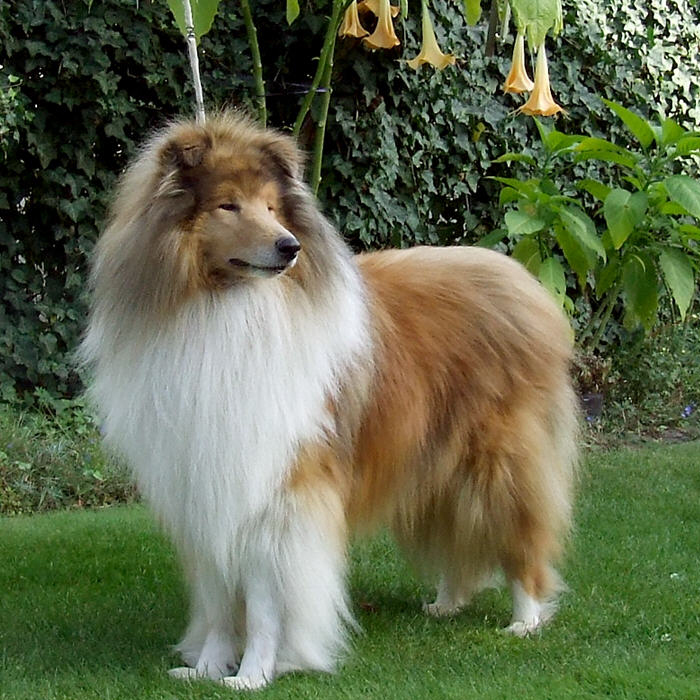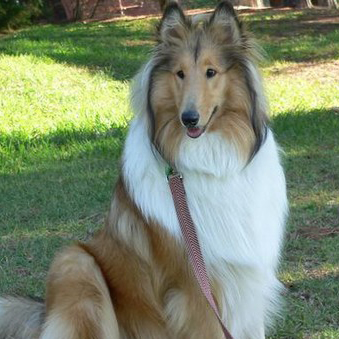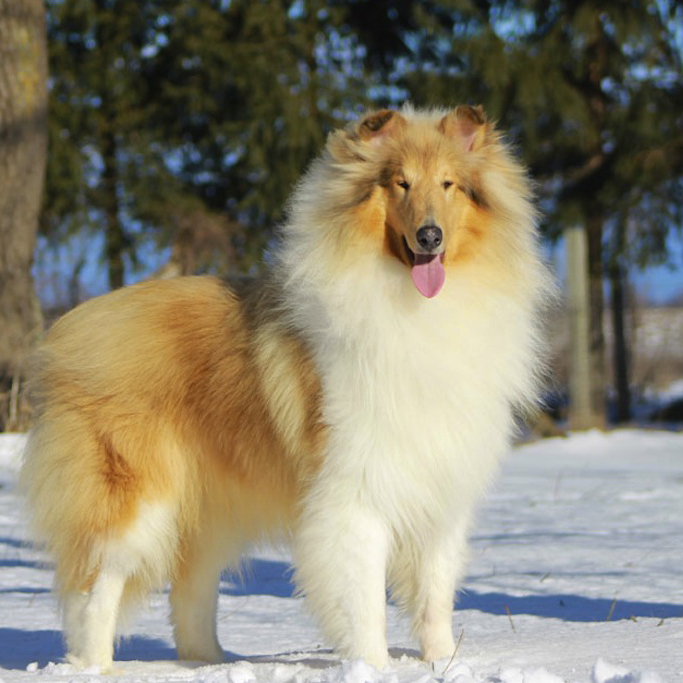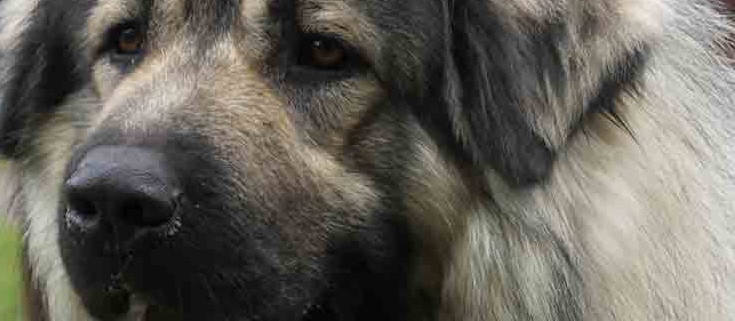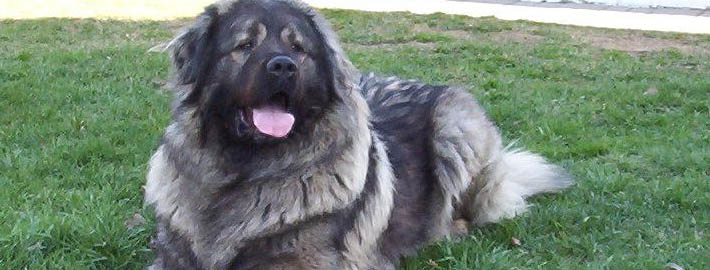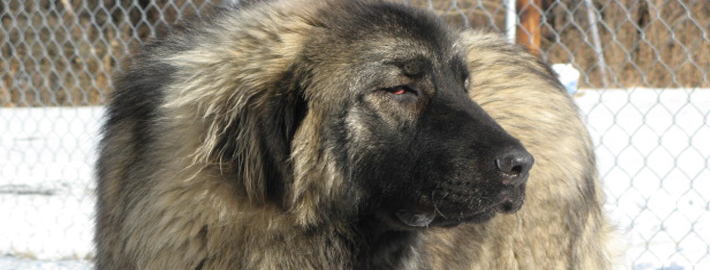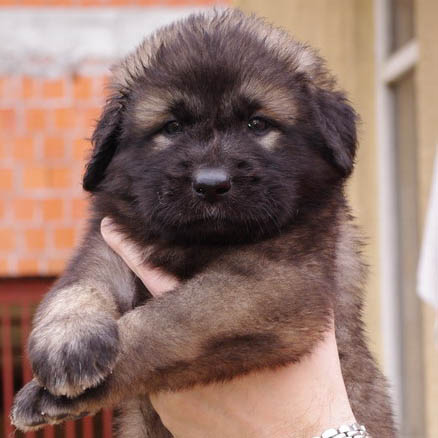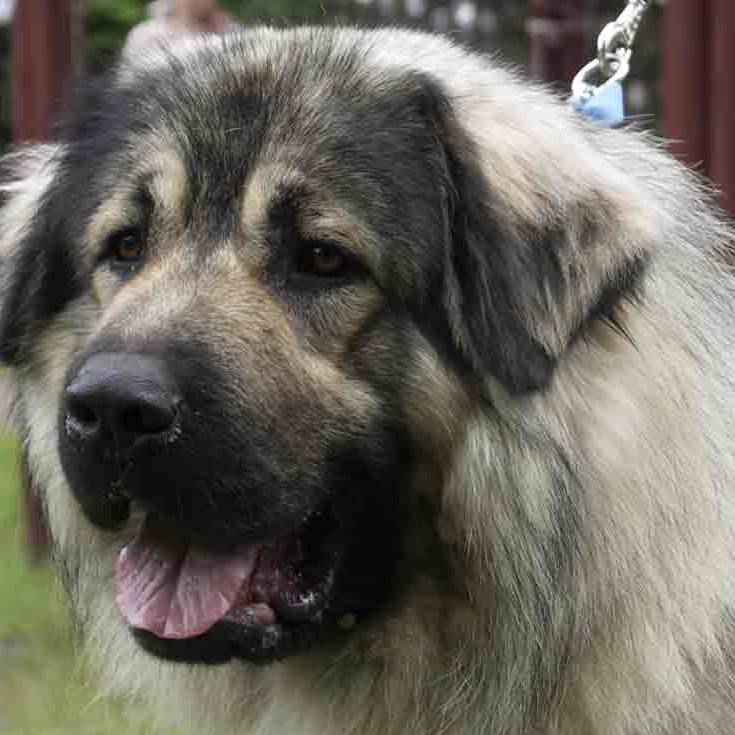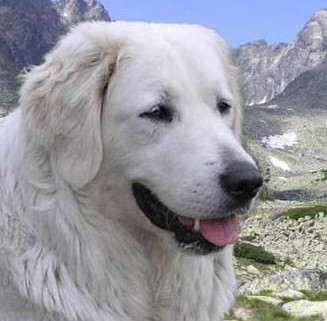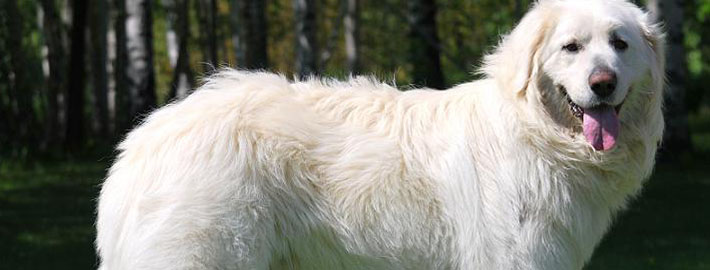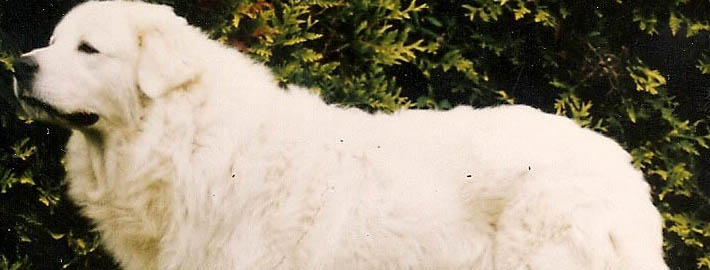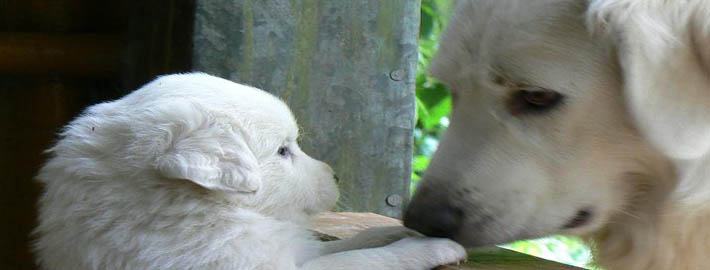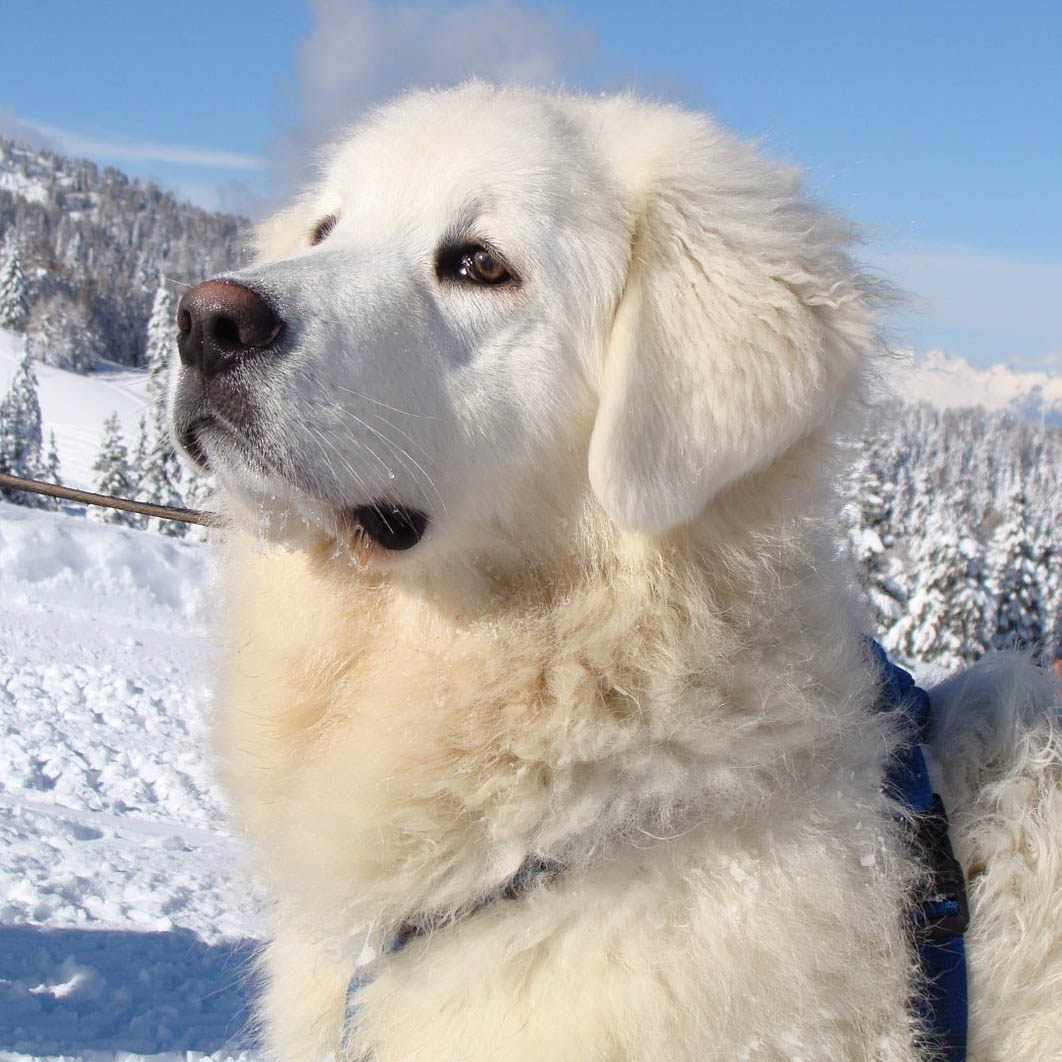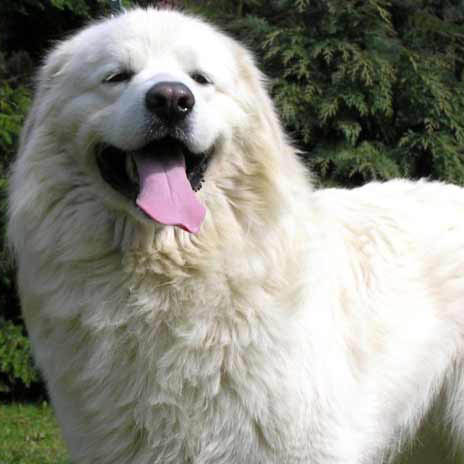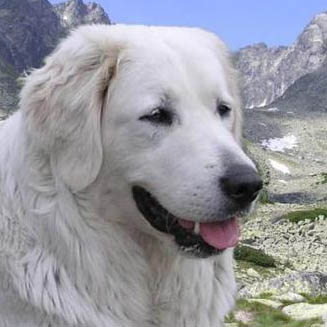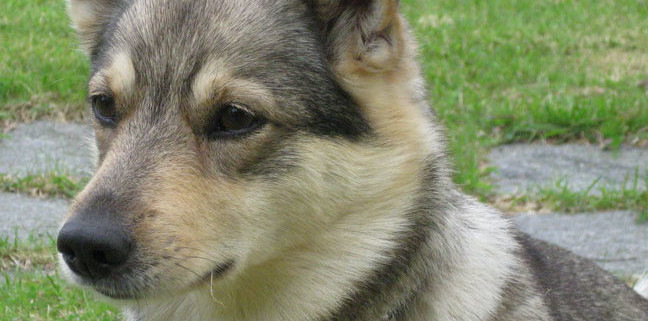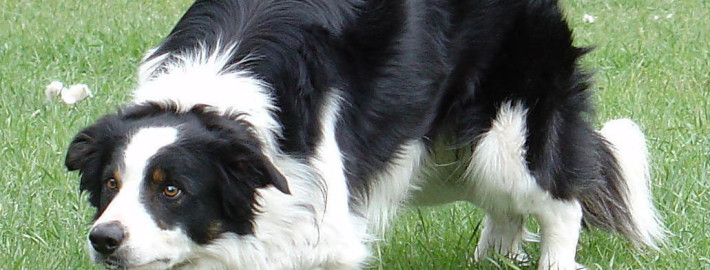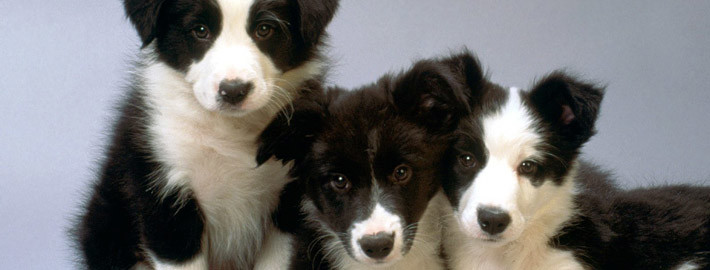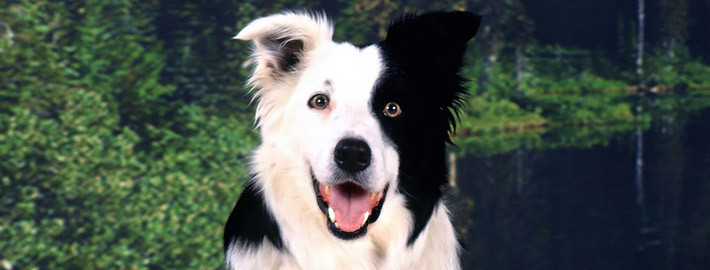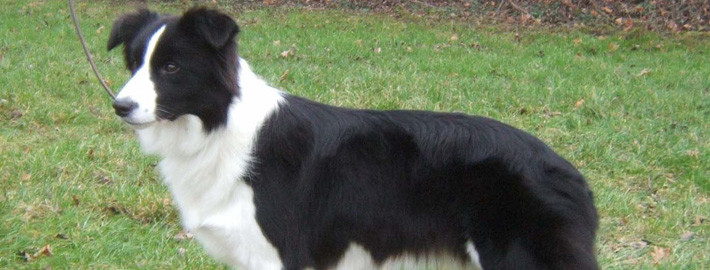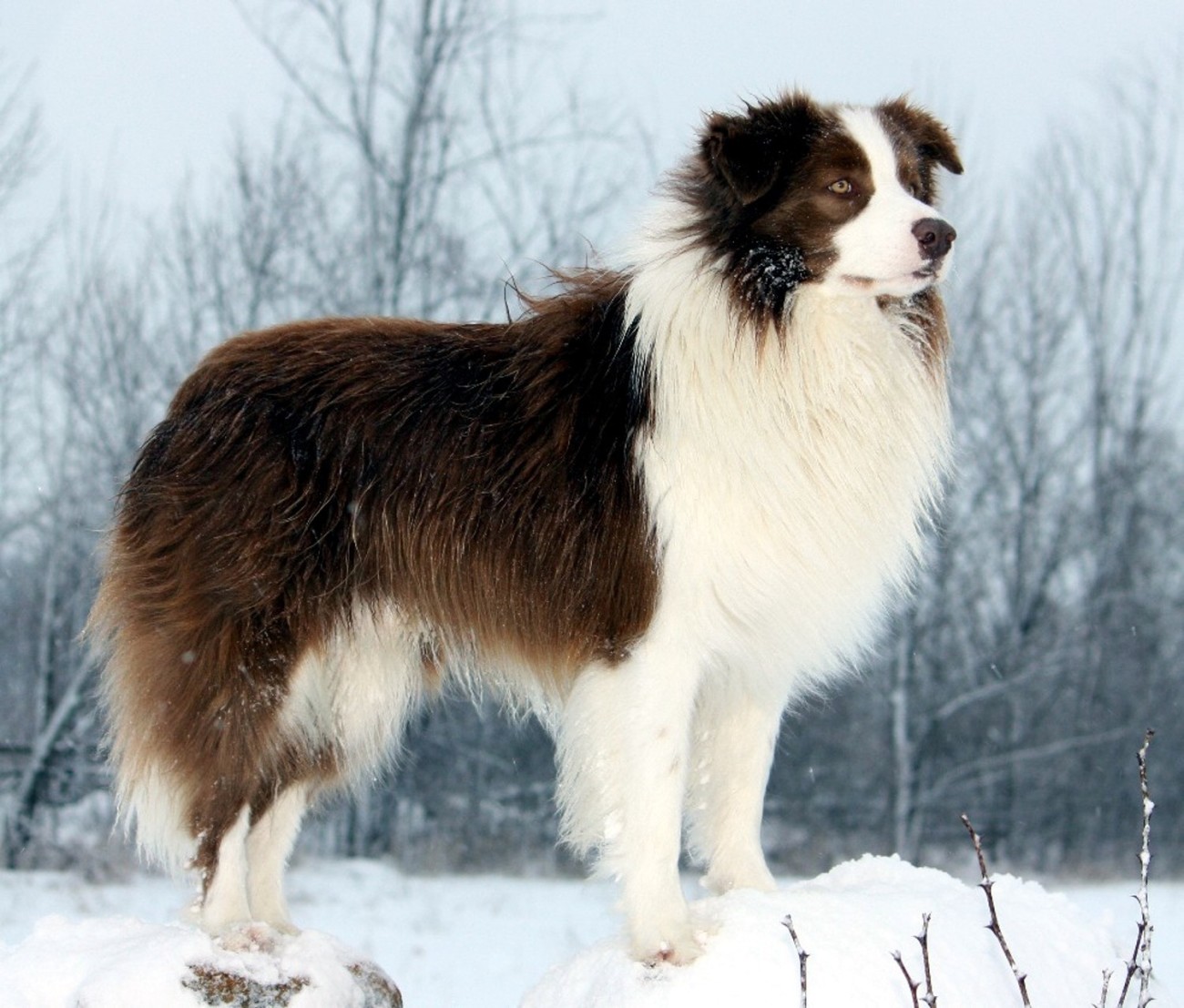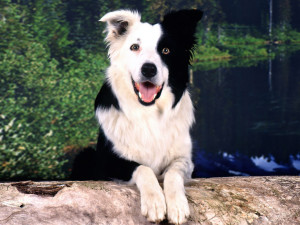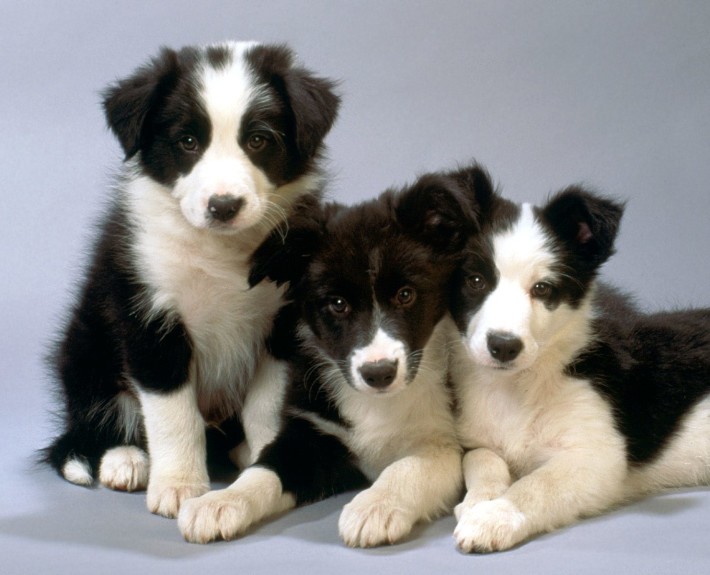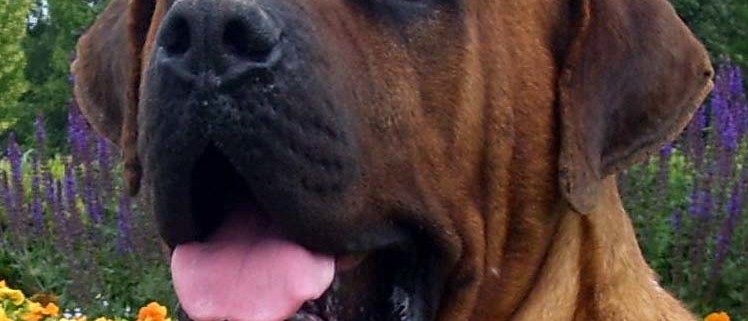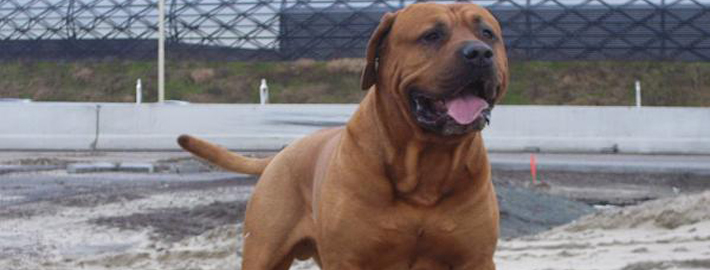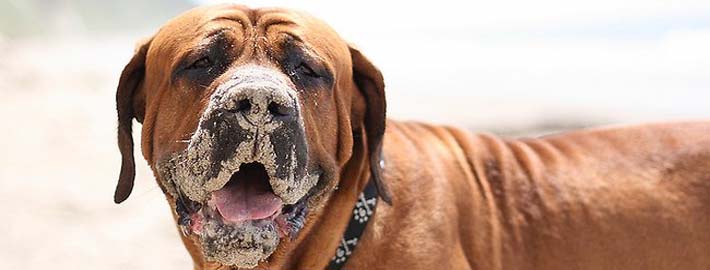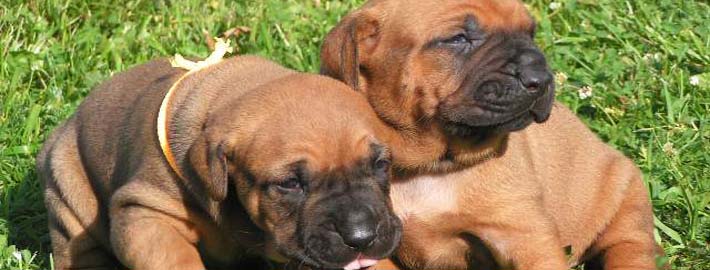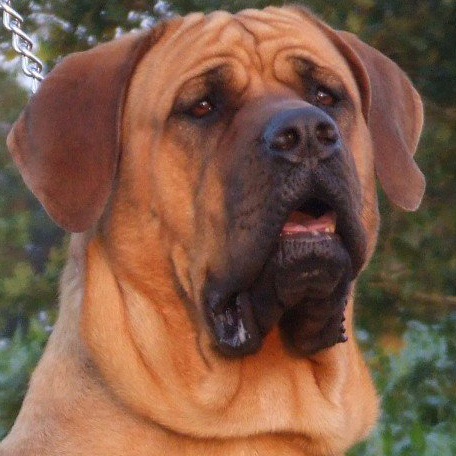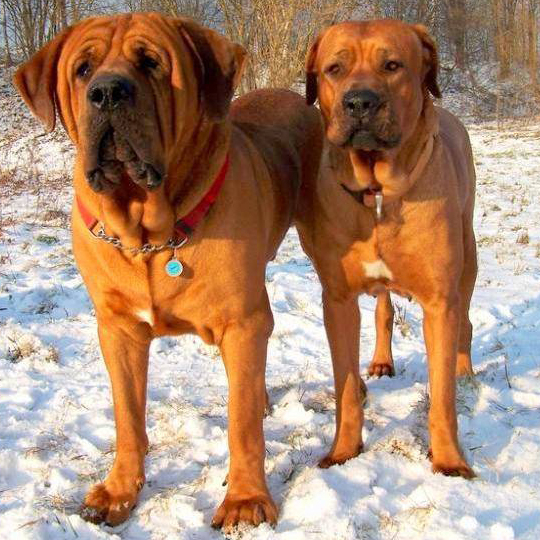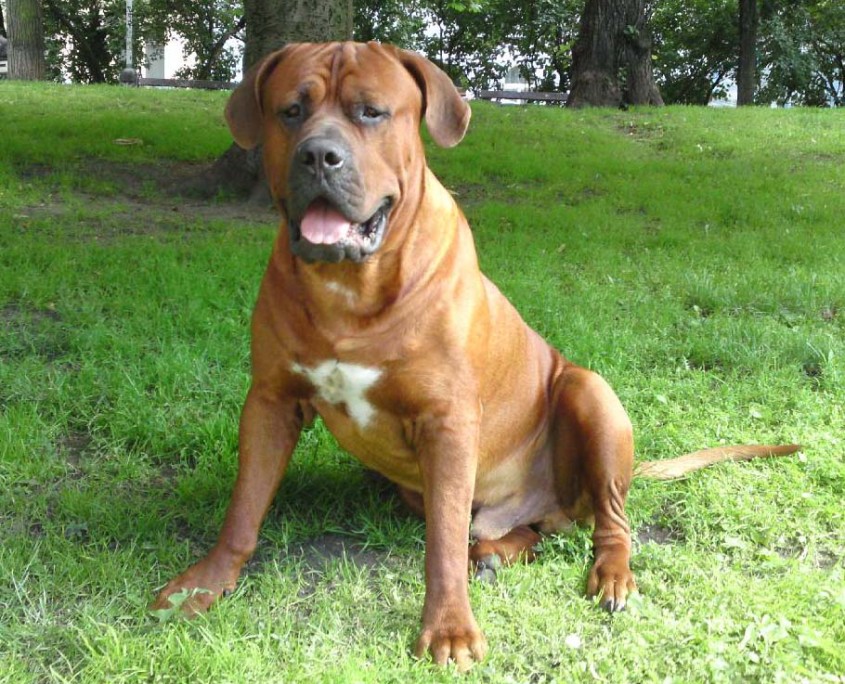Griffon Nivernais
Griffon Nivernais – Passionate and Tireless
What makes the Griffon Nivernais Unique?
The Griffon Nivernais is an outstanding hunter. Its bravery and initiative are very practical in small packs on wild boar hunts, which it can be easily taught to track. These dogs can be a little headstrong and independent, however, so they should be brought to heel from a very early age.
Page Contents
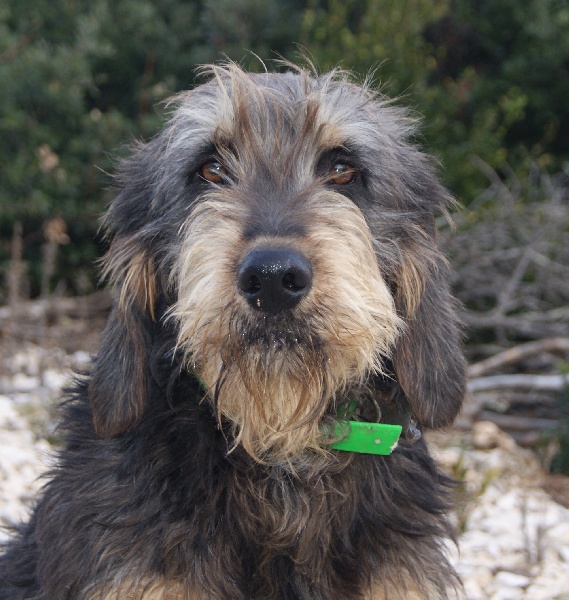
SnapShot
| Size: | Males – 48 to 56 cm (19 to 22 inches)
Females – 46 to 53 cm (18 to 21 inches) |
| Weight: | Males – 22.6 to 25 kg (50 to 55 pounds)
Females – 22.6 to 25 kg (50 to 55 pounds) |
| Origin: | France |
| Life Span: | 10– 14 Years |
| Colour: | Black & Brown, Dark Brown / Chocolate, Gray / Salt & Pepper, Light Brown / Golden |
| Litter Size: | 1 to 6 puppies |
Is the Griffon Nivernais Right For You?
As a hunting dog, this breed possesses a good nose to track animal smells. Because of its naturally developed body structure which is slightly longer than most hounds, the Griffon Nivernais can endure difficult terrains and thickets. It is a courageous dog that can withstand complicated hunting course games. With so much reason why hunters appreciate this dog for its excellent hunting skills, successfully leading small packs in hunting wild boars. Its innate intelligence has made this dog adaptable to training hurdles which dog owners or trainers have less difficulty in training their kind. However, such training approaches must be accompanied by a firm hand as this type of dog may show stubbornness and an independent attitude especially if it senses that their owner or master is too soft on them. Otherwise, this dog has an even temperament and can be affectionate to people.
In 5 Words
- Rustic
- Affectionate
- Friendly
- Loving
- Stubborn
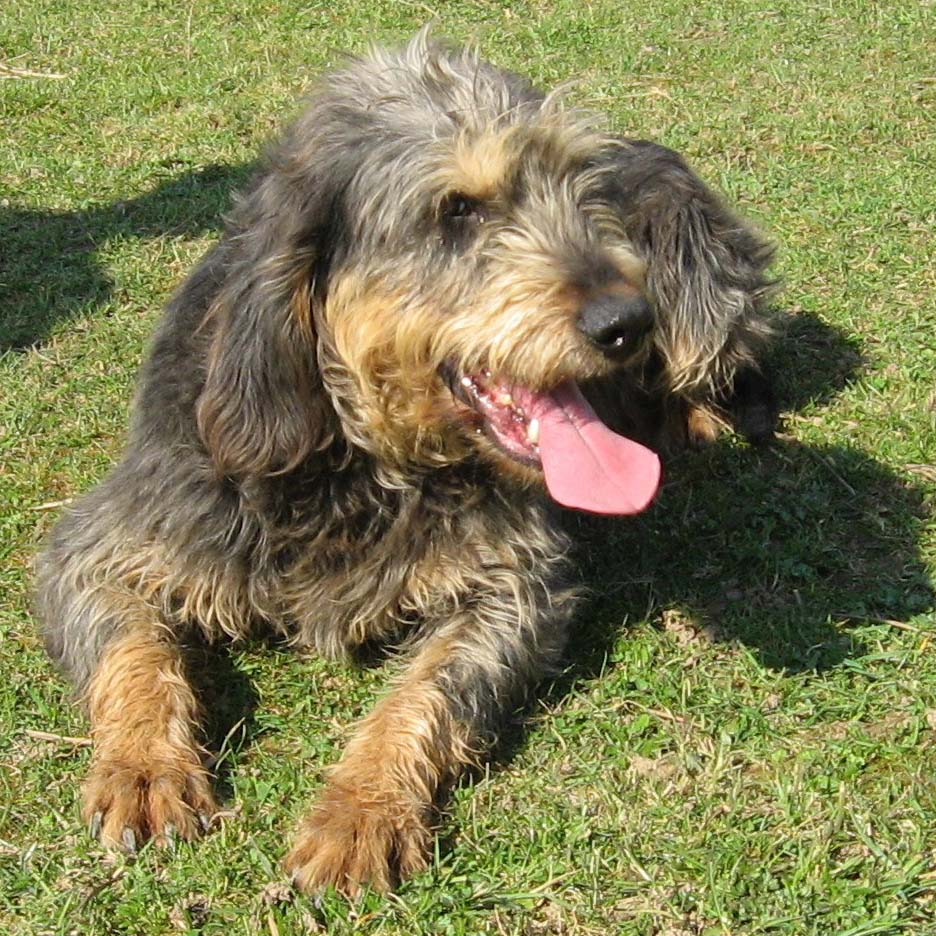
Characteristics
Learn About the Griffon Nivernais
Description
General Description
The Griffon Nivernais is a sturdy and well-built breed with its homeland in France. This tireless dog is really passionate about its work of wolf and bear hunter. It possesses bellowing voice and excellent scent for which it is considered to be the best hound to hunt boar. Most probably the Griffon Nivernais is the oldest hunting dog of France.
Size
This is a medium-size dog, measuring 22 – 24 inches at the withers bearing a unique shaggy coat covering that is coarse in texture with pendulous ears that hang near its cheek and a long tail that is slightly curved.
Coat
Coat color has a grizzly appearance in light grey to boar grey. White hairs are splayed throughout the coat and a prominent white spot on the chest. Other colors are fawn blended with black or blue or sable blended with black.
Short History of the Griffon Nivernais
The Griffon Nivernais (also called Chien de Pays) is an ancient scenthound breed originating in France. The Griffon Nivernais that is seen these days are actually a reconstruction of the ancient dogs of 14th century. The original and much larger Nivernais were kept by French noblemen and were used to hunt wolves and wild boars but they vanished during French revolution. The breed was reconstructed in 1925 using Grand Griffon Vendeen as foundation breed and mixing bloodlines of Otterhound and Foxhound breeds. The modern Griffon Nivernais stand between 21.5-24.5 inches. The dog comes with moderately long head and flat skull. Of same length as skull, the muzzle tapers slightly towards predominant black nose. Lively, piercing and very expressive eyes can be dark or light in colour. Long, supple and fine ears are attached at eye level and hang down the head, reaching nose when drawn outwards. The slightly rectangular body has a rather narrow but long and solid back. Deep chest descends to level of the elbows. Moderately long tail is set high, well furnished and carried in a saber fashion. A distinct shaggy coat covers the body and comes in grizzled fashion. This breed is NOT recognized by AKC however it is recognized by FCI and UKC.
Temperament
The tough appearance of the Griffon Nirvernais and its the reputation of the fierce hunter hides its amicable and trustful individuality. The dog can be easily integrated into the life in the family where it will become a loyal and loving friend for all its members. It craves to give and receive attention and wouldn’t mind to be petted. The Griffon Nirvernais is fine with a child but prefers to deal with older kids. However, a proper socialisation is needed to teach the dog the right ways of communication with them.
The Griffon Nirvernais tolerates strange people and as a rule it is going to welcome them by wagging and trying to lick. The future owner should be aware that the dog is an avid barker, which is a usual trait of any scent hound. On the bright side this habit makes out of the Griffon Nirvernais a superb guardian for the owner’s property.
For centuries the Griffon Nivernais hunted in packs where the suppression of the canine aggression was a matter of survival. It can be introduced in the home with other living dog without any troubles. This breed is a chaser so it poses considerable danger for street cats and other animals. But if they have been lived together from the early age they will get along just fine in the adulthood as well.
Caring for Your Griffon Nivernais
General Health
They have an average life span of 10 – 14 years. Litter size is commonly about 1-6 puppies.
The most common problems for the breed include:
• canine hip dysplasia;
• progressive retinal atrophy.
Care
The shaggy coat will need weekly brushing to remove dead hair. Bathe only when needed. Ears should be regularly checked.
Training this dog may be a challenge. Though the dog is intelligent, it does have a streak of stubborn behavior and may not respond as well to training as some other dog breeds. Unless the handler displays true packleader skills and win respect from this dog through gentle yet firm training, this breed is difficult to train.
Grooming & Bathing
As the primarily working breed the Griffon Nivernais has low grooming requirements. Nonetheless its coat should be brushed systematically and thoroughly preferably on a weekly basis.
The ears of the dog should get special attention particularly if the dog has been participating in the hunt. Infrequent baths should be done only when it’s absolutely necessary since water washes off the natural oil of the dog’s hair.
Exercise & Training
The Griffon Nivernais have high exercise requirements and will best suit a country side living environment where they are free to play and run in large open areas. This dog is not suitable for apartment living. Apart from barking, it does not like to be confined in a small place with its highly energetic nature.
A professional training is required if you plan to use your Griffon Nivernais as a hunting dog. At the same time your pet should pass correct socialisation and obedience training. The latter should be initiated when the puppy is about 3 or 4 months and is more susceptible to training.

